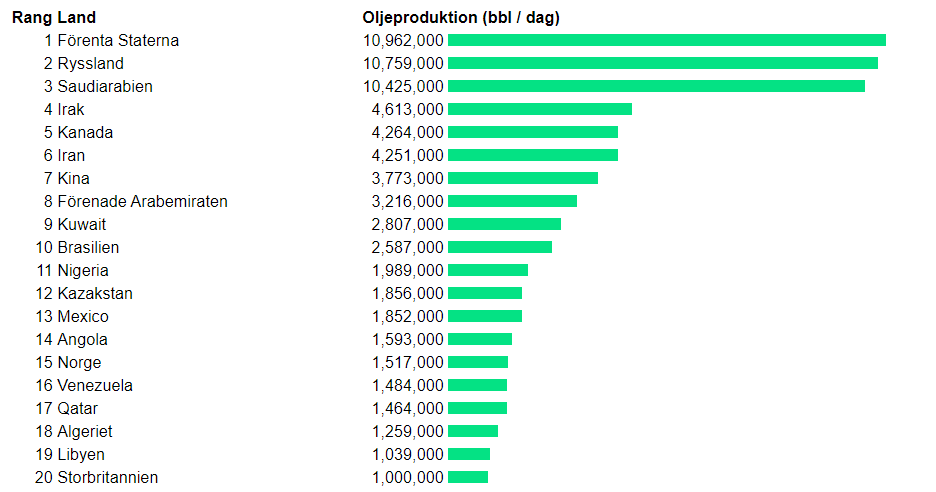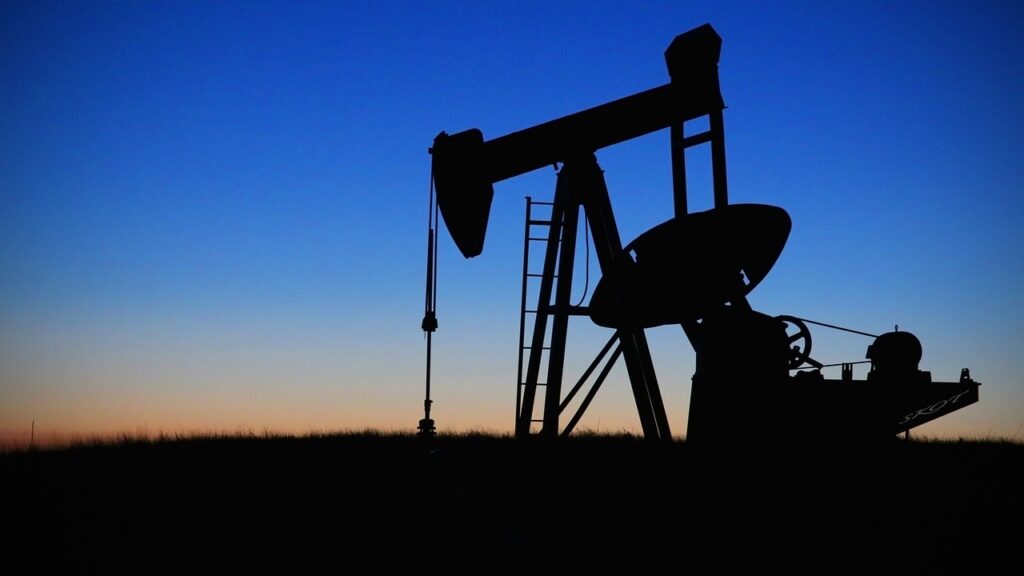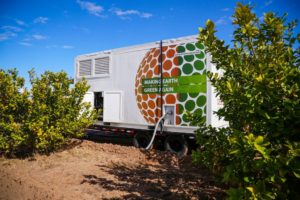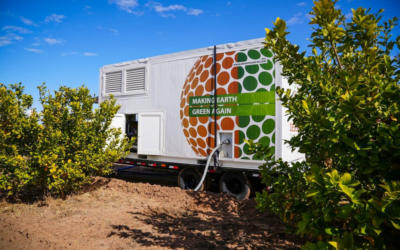The world and oil
Oil has once again shown strength and is now trading at a price that exceeds what this commodity was trading at before the Coronavirus outbreak, largely due to the ongoing turmoil in the Middle East.
Which countries have the most oil?
The table below is long, but it covers the countries with oil reserves. After this table, we will move on to look more closely at how oil is found in the world, and where it is located.
| # | Country | Oil reserves barrels | Market share |
| 1 | Venezuela | 299,953,000,000 | 18.2% |
| 2 | Saudi Arabia | 266,578,000,000 | 16.2% |
| 3 | Canada | 170,863,000,000 | 10.4% |
| 4 | Iran | 157,530,000,000 | 9.5% |
| 5 | Iraq | 143,069,000,000 | 8.7% |
| 6 | Kuwait | 101,500,000,000 | 6.1% |
| 7 | United Arab Emirates | 97,800,000,000 | 5.9% |
| 8 | Russia, Russia | 80,000,000,000 | 4.8% |
| 9 | Libya | 48,363,000,000 | 2.9% |
| 10 | Nigeria | 37,070,000,000 | 2.2% |
| 11 | USA | 35,230,000,000 | 2.1% |
| 12 | Kazakhstan | 30,000,000,000 | 1.8% |
| 13 | Qatar | 25,244,000,000 | 1.5% |
| 14 | China | 25,132,122,000 | 1.5% |
| 15 | Brazil | 16,184,100,000 | 1.0% |
| 16 | Algeria | 12,200,000,000 | 0.7% |
| 17 | Mexico | 9,711,000,000 | 0.59% |
| 18 | Angola | 8,423,000,000 | 0.51% |
| 19 | Ecuador | 8,273,000,000 | 0.50% |
| 20 | Azerbaijan | 7,000,000,000 | 0.42% |
| 21 | Oman | 5,306,000,000 | 0.32% |
| 22 | Norway | 5,138,767,000 | 0.31% |
| 23 | Sudan | 5,000,000,000 | 0.30% |
| 24 | India | 4,728,790,000 | 0.29% |
| 25 | Vietnam | 4,400,000,000 | 0.27% |
| 26 | Egyptand | 4,400,000,000 | 0.27% |
| 27 | Indonesia | 3,692,500,000 | 0.22% |
| 28 | Malaysia | 3,600,000,000 | 0.22% |
| 29 | Yemen | 3,000,000,000 | 0.18% |
| 30 | United Kingdom | 2,754,685,000 | 0.17% |
| 31 | Syria | 2,500,000,000 | 0.15% |
| 32 | Uganda | 2,500,000,000 | 0.15% |
| 33 | Argentina | 2,379,702,000 | 0.14% |
| 34 | Colombia | 2,308,000,000 | 0.14% |
| 35 | Gabon | 2,000,000,000 | 0.12% |
| 36 | Congo | 1,600,000,000 | 0.10% |
| 37 | Chad | 1,500,000,000 | 0.09% |
| 38 | Australia | 1,193,000,000 | 0.07% |
| 39 | Brunei | 1,100,000,000 | 0.07% |
| 40 | Equatorial Guinea | 1,100,000,000 | 0.07% |
| 41 | Trinidad and Tobago | 728,300,000 | 0.044% |
| 42 | Peru | 682,681,000 | 0.041% |
| 43 | Ghana | 660,000,000 | 0.040% |
| 44 | Turkmenistan | 600,000,000 | 0.036% |
| 45 | Romania | 600,000,000 | 0.036% |
| 46 | Uzbekistan | 594,000,000 | 0.036% |
| 47 | Italy, Italy | 579,232,000 | 0.035% |
| 48 | Denmark | 551,000,000 | 0.033% |
| 49 | Tunisia | 425,000,000 | 0.026% |
| 50 | Thailand | 404,890,000 | 0.025% |
| 51 | Ukraine | 395,000,000 | 0.024% |
| 52 | Pakistan | 353,500,000 | 0.021% |
| 53 | Turkey | 312,000,000 | 0.019% |
| 54 | Bolivia | 211,450,000 | 0.013% |
| 55 | Cameroon | 200,000,000 | 0.012% |
| 56 | Belarus | 198,000,000 | 0.012% |
| 57 | Papua New Guinea | 180,249,000 | 0.011% |
| 58 | DR Congo | 180,000,000 | 0.011% |
| 59 | Albania | 168,332,000 | 0.010% |
| 60 | Chile | 150,000,000 | 0.009% |
| 61 | Niger | 150,000,000 | 0.009% |
| 62 | Spain | 150,000,000 | 0.009% |
| 63 | Netherlands | 140,892,000 | 0.009% |
| 64 | Philippines | 138,500,000 | 0.008% |
| 65 | Poland | 137,752,000 | 0.008% |
| 66 | Germany | 132,480,000 | 0.008% |
| 67 | Bahrain | 124,560,000 | 0.008% |
| 68 | Cuba | 124,000,000 | 0.008% |
| 69 | Suriname | 99,980,000 | 0.0061% |
| 70 | Côte d’Ivoire | 100,000,000 | 0.006% |
| 71 | Guatemala | 83,070,000 | 0.0050% |
| 72 | France | 78,431,000 | 0.0048% |
| 73 | Serbia | 77,500,000 | 0.0047% |
| 74 | Croatia | 71,000,000 | 0.0043% |
| 75 | New Zealand | 64,100,000 | 0.0039% |
| 76 | Myanmar | 50,000,000 | 0.0030% |
| 77 | Austria | 45,400,000 | 0.0028% |
| 78 | Japan | 44,115,000 | 0.0027% |
| 79 | Kyrgyzstan | 40,000,000 | 0.0024% |
| 80 | Georgia | 35,000,000 | 0.0021% |
| 81 | Hungary | 28,600,000 | 0.0017% |
| 82 | Bangladesh | 28,000,000 | 0.0017% |
| 83 | Mauritania | 20,000,000 | 0.0012% |
| 84 | Bulgaria | 15,000,000 | 0.0009% |
| 85 | Czech Republic | 15,000,000 | 0.0009% |
| 86 | South Africa | 15,000,000 | 0.0009% |
| 87 | Israel | 13,953,000 | 0.0008% |
| 88 | Lithuania | 12,000,000 | 0.0007% |
| 89 | Tajikistan | 12,000,000 | 0.0007% |
| 90 | Greece | 10,000,000 | 0.0006% |
| 91 | Slovakia | 9,000,000 | 0.0005% |
| 92 | Benin | 8,000,000 | 0.0005% |
| 93 | Belize | 6,700,000 | 0.0004% |
| 94 | Taiwan | 2,380,000 | 0.0001% |
| 95 | Barbados | 2,315,000 | 0.0001% |
| 96 | Jordan | 1,000,000 | 0.0001% |
| 97 | Morocco | 684,000 | 0.0000% |
| 98 | Ethiopia | 428,000 | 0.0000% |
Sources: British Petroleum, U.S. Energy Information Administration (EIA), Statistical Review of World Energy.
Top ten countries with the world’s largest oil reserves, from Venezuela to Iraq
Here we look at countries around the world with the largest proven oil reserves, with countries like Venezuela and Saudi Arabia topping the list. Since the emergence of the oil industry in the mid-19th century, the energy source has offered an abundant power supply, sparked wars and reshaped geopolitics with different countries vying to control the largest known reserves. Oil has been used as fuel for our transportation, to generate electricity to light our homes, power factories and machinery, as a raw material for fertilizer, and an ingredient to produce plastics used worldwide. According to the BP Statistical Review of World Energy 2020, the world’s total proven oil reserves were measured at more than 1.73 trillion barrels at the end of 2019. More than 95 million barrels per day were produced globally in 2019, with the United States, Saudi Arabia and Russia among the world’s top oil-producing countries. Here, NS Energy profiles the top 10 countries that are home to the largest known reserves.
1. Venezuela
At 304 billion barrels, Venezuela has the largest oil reserves of any country in the world, with more than 300 billion barrels of proven reserves. That’s a 17.5% share of the entire global supply, and in 2011 the country overtook Saudi Arabia to top the world list. However, the development of these huge reserves has taken a back seat due to political unrest and economic sanctions in recent years. The country also has large deposits of oil sands, like those found in Canada. Due to its viscous nature, Venezuela’s Orinoco tar sands can be produced using conventional methods.
2. Saudi Arabia – 298 billion barrels
Saudi Arabia was home to the world’s largest proven oil reserves for decades, but the discovery of new resources in Venezuela this century has returned it to second place. At the end of 2019, Saudi Arabia holds just under 298 billion barrels of oil – a 17.2% share of the total – with a significant amount concentrated in a handful of large oil fields, including the huge Ghawar field in the east of the country, which is the largest in the world. Much of Saudi Arabia’s oil is controlled by the kingdom’s monarchy, through its majority ownership of Saudi Aramco which in December 2019 became the world’s most valuable company after it was listed on the Tadawul stock exchange. The country’s reserves are expected to exceed those of Venezuela in the future if it increases its exploration activities.
3. Canada – 170 billion barrels
With proven oil reserves of just under 170 billion barrels, Canada ranks third with a 9.8% share of the global resource. Oil sands deposits in the province of Alberta account for about 97% of the country’s reserves. The province also has a significant portion of conventional oil resources. Canada is a net exporter of crude oil, with the bulk of sales to the United States, to which it is the largest foreign supplier. In 2019, the country exported 3.7 million barrels per day to the US – 98% of its total exports. Five companies account for more than half of Canada’s crude oil production. They are: Suncor, Canadian Natural Resources, Imperial Oil, Husky and Cenovus.
4. Iran – 156 billion barrels
International sanctions against Iran over its nuclear activities have weighed on its energy sector and affected its oil production capacity. The country has proven oil reserves of 156 billion barrels as of 2019, which is 9% of the world’s share. Iran’s oil reserves are expected to last for almost a century if it continues its production at 2006 prices. The country is also home to the world’s second-largest natural gas reserves – 32 trillion cubic meters, or 16% of the total – and shares ownership of the world’s largest gas field – South Pars/North Dome – with neighboring Qatar.
5. Iraq – 145 billion barrels
With oil reserves of 145 billion barrels, a global share of 8.4%, Iran ranks fifth on the list. The country’s energy sector has suffered from military occupation and civil unrest in recent decades, and unexplored regions of the country are estimated to have the potential for large undiscovered oil reserves. Economic sanctions, military conflicts and political upheavals have also caused the development of its oil infrastructure to suffer, damaging its ability to generate national revenue from exports. Basra, Baghdad and Ramadi are the cities that hold a large part of the country’s reserves and, according to the World Bank, Iraq needs an annual investment of $1 billion (£760 million) to continue its current oil production.
6. Russia – 107 billion barrels
Russia has just over 107 billion barrels of proven oil reserves – 6.2% of the global total – with much of it in Siberia. Production fell after the collapse of the Soviet Union but later recovered due to privatization of the energy industry. In 2019, Russia was the third largest oil-producing nation, after the United States and Saudi Arabia. Future exploration activities are expected to increase Russia’s oil reserves in Arctic waters.
7. Kuwait – 102 billion barrels
Despite being a small country, Kuwait is a significant contributor to the world’s oil reserves, with just under 102 billion barrels and a 5.9% share of the global total. Much of its proven resources are in the Burgan field near the Persian Gulf, which is the second largest oil field in the world and the largest sandstone oil field. Kuwait has been producing from the field since 1938.
8. United Arab Emirates – 98 billion barrels
The United Arab Emirates (UAE) – a union of seven emirates, consisting of Abu Dhabi, Ajman, Dubai, Fujairah, Ras Al Khaimah, Sharjah and Umm Al Quwain – has around 98 billion barrels of oil reserves. That’s a 5.6% share of the total. The Upper and Lower Zakums oil fields located about 84 km northwest of Abu Dhabi account for a large part of the UAE’s proven oil reserves. More than 90% of UAE reserves are held by Abu Dhabi, with Dubai and Sharjah next in line. Crude oil products are among the most valuable export commodities from the federation.
9. USA – 69 billion barrels
Although it now tops the list of the world’s largest oil-producing countries, the United States is only ninth on the list of countries with the largest proven oil reserves. It is home to just under 69 billion barrels – 4% of the total. The shale fracking revolution over the past decade has provided access to new unconventional resources and more than doubled the country’s proven reserves since 2009. In 2019, around 69% of total US crude oil production came from five states. They were Texas, North Dakota, New Mexico, Oklahoma and Colorado.
10. Libya – 48 billion barrels
With oil reserves of 48 billion barrels, Libya is home to the largest deposits in Africa. The country has 2.8% of the world’s proven resources. The Libyan economy is heavily dependent on oil and gas exports, with the industry accounting for around 60% of GDP and most of its export revenues. At the end of 2019, Libya was producing more than one million barrels per day, but a civil war in the country, in which oil infrastructure was targeted with blockades, significantly reduced the country’s production capacity for much of 2020. Many of the country’s oil fields are located in the Sirte Basin in the east of the country, although the El Sharara and El Feel fields in the west are also important production regions. Much of the region, where there is potential to find new oil reserves, remains unexplored.
List of countries by oil production
This is a list of countries by oil production, compiled from the US Energy Information Administration database for calendar year 2019, with all countries presented on a comparable best estimate basis. Compared to short-term data, the full-year figures are less prone to distortion from periodic maintenance shutdowns and other seasonal cycles. The volumes in the table represent crude oil and lease condensate, the hydrocarbon liquids collected at or near the wellhead. The volumes in the table do not include biofuels. They also do not include the increase in liquid volumes during oil refining (‘refinery by-products’) or liquids separated from natural gas in gas processing plants (natural gas liquids). According to this definition, total world oil production averaged 80 622 000 barrels per day. About 68% came from the top ten countries and overlapping 44% came from the fourteen current OPEC members, in the table below. More recently, the top three producers have been (alphabetically) Iran, Saudi Arabia and the United States. Each of these countries experienced large production cuts at different times in the past, but since 2014 all three have been producing near their peak levels of 9 to 11 million barrels per day. Saudi Arabia and Russia also top the list of oil exporting countries. Monthly US oil production reached 10.07 million barrels per day in November 2017, the highest monthly level of crude oil production in US history. In May 2019, the country became a net exporter of oil and gas, the first time since 1953. Definition: This record is the total oil produced in barrels per day (bbl/day). The difference between the amount of oil produced and/or imported and the amount consumed and/or exported is due to missing inventory changes, refinery profits, and other complicating factors.
 Description: The map shown here shows how Oil Production varies by country. The color shade of the country corresponds to the size of the indicator. The darker the color shade, the higher the value.
Description: The map shown here shows how Oil Production varies by country. The color shade of the country corresponds to the size of the indicator. The darker the color shade, the higher the value.
About the Vikingen
With Vikingen’s signals, you have a good chance of finding the winners and selling in time. There are many securities. With Vikingen’s autopilots or tables, you can sort out the most interesting ETFs, stocks, options, warrants, funds, and so on. Vikingen is one of Sweden’s oldest equity research programs.
Click here to see what Vikingen offers: Detailed comparison – Stock market program for those who want to get even richer (vikingen.se)













